The 1920s was a period of great change and growth for the city of Norfolk, Virginia. Located on the eastern coast of the United States, Norfolk was a major port city, and its economy was heavily reliant on shipping and trade. During this decade, the city’s port and shipping industries experienced significant growth, as new technologies and innovations in transportation made it easier and more efficient to move goods around the world.
At the same time, Norfolk’s manufacturing and retail sectors also expanded, as the city became a hub for the production and distribution of a variety of goods. This economic growth attracted many new residents to the city, and Norfolk’s population increased rapidly during the 1920s.
The 1920s were also a time of cultural change in Norfolk. The city became more diverse, as people from different backgrounds and regions moved to Norfolk in search of work and opportunity. This influx of new residents brought with it a variety of new ideas, customs, and traditions, and the city became a melting pot of cultures.
The arts and entertainment scene in Norfolk also flourished during the 1920s, with a growing number of theaters, music halls, and other venues for performance and entertainment. This was a time of great creativity and innovation in the arts, and many talented artists and performers called Norfolk home.
The 1920s were a time of great change and growth for Norfolk, as the city’s economy boomed and its culture became more vibrant and diverse. Despite the challenges and difficulties that the city faced, the 1920s were a time of great progress and development for Norfolk.


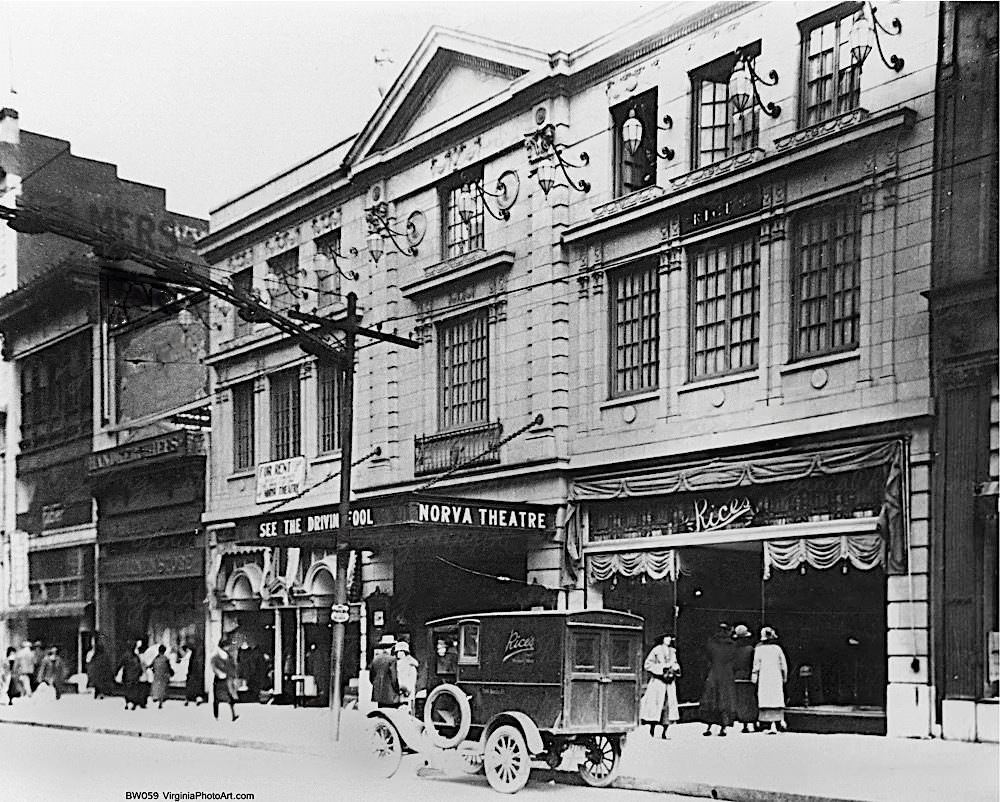
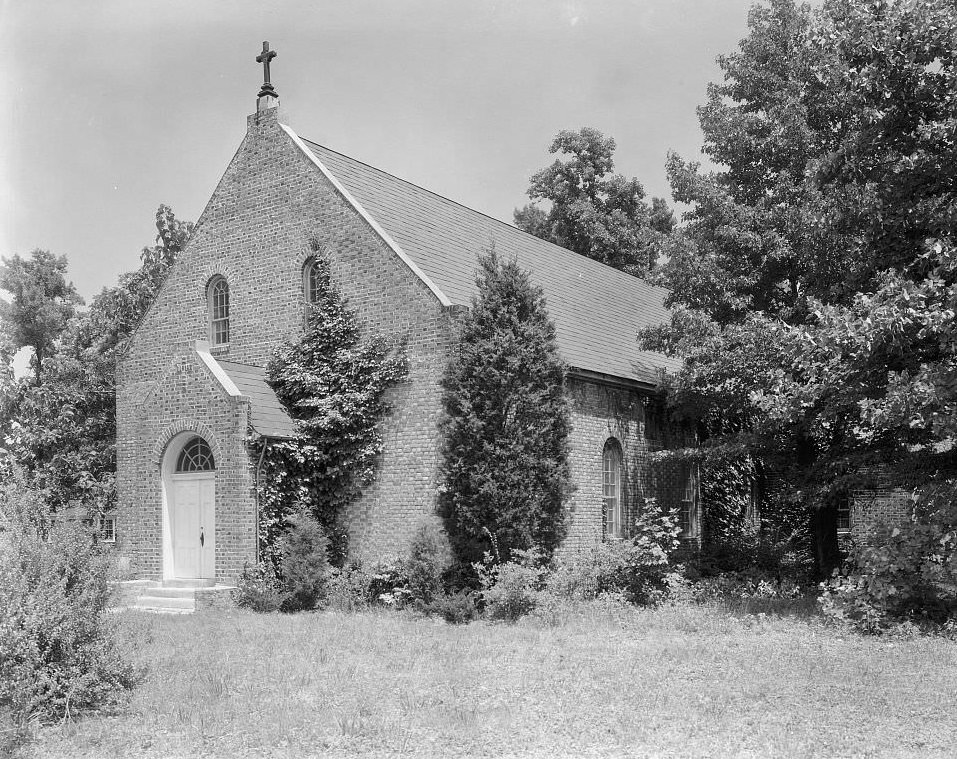
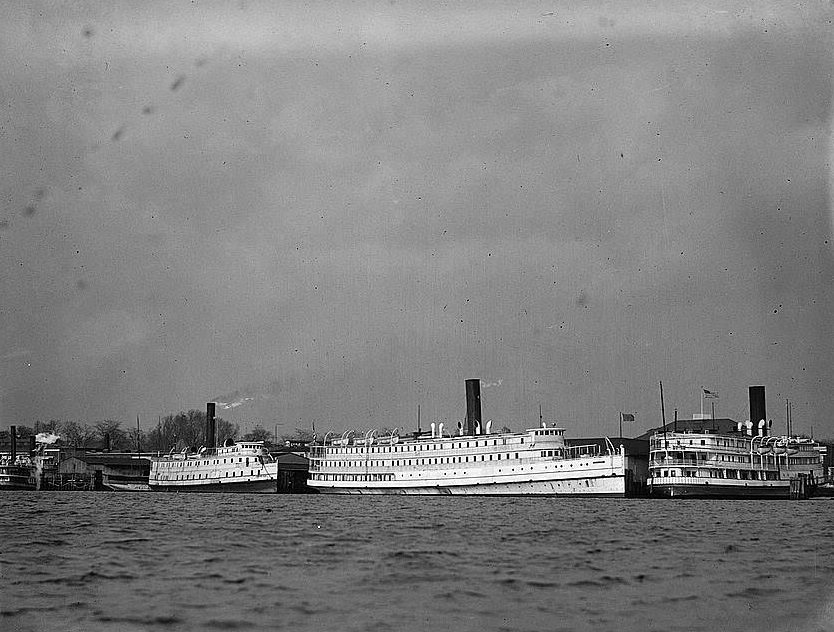
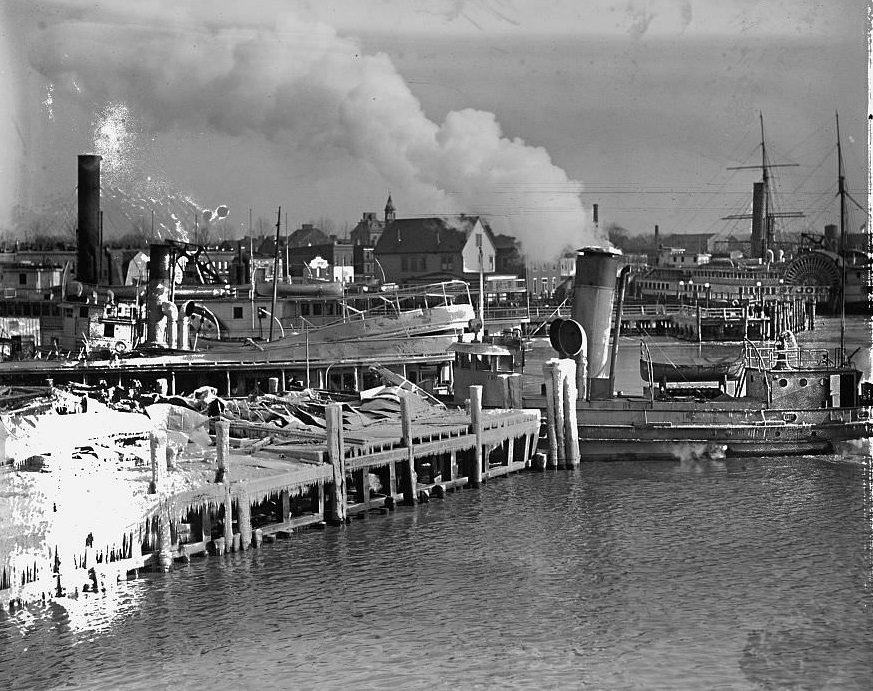
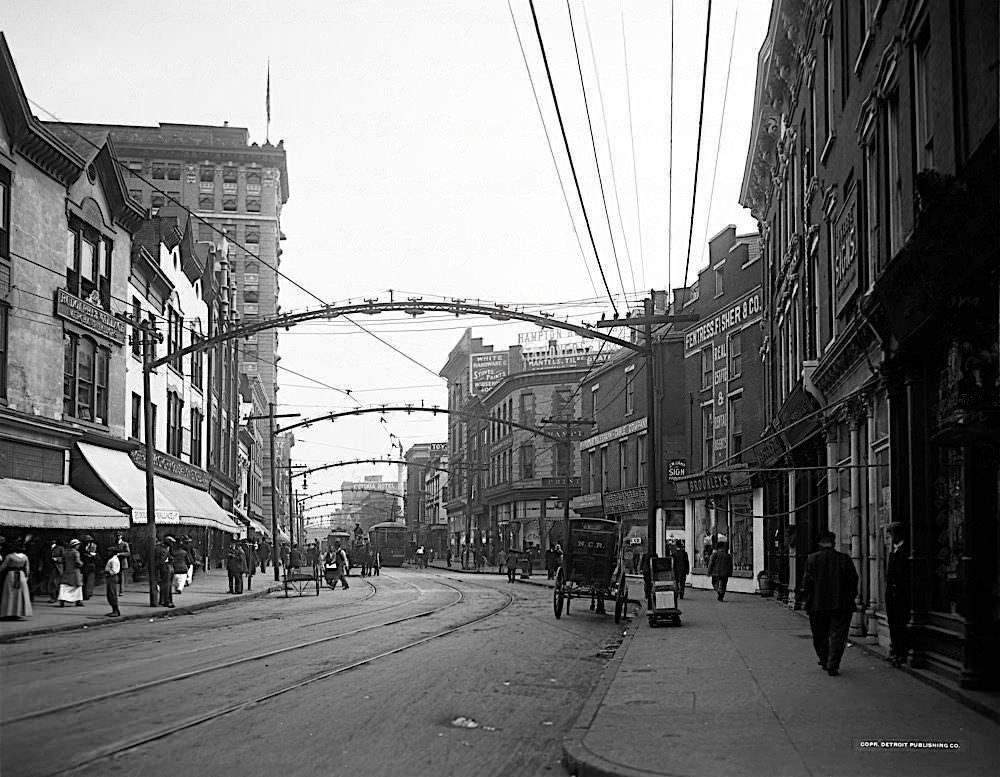
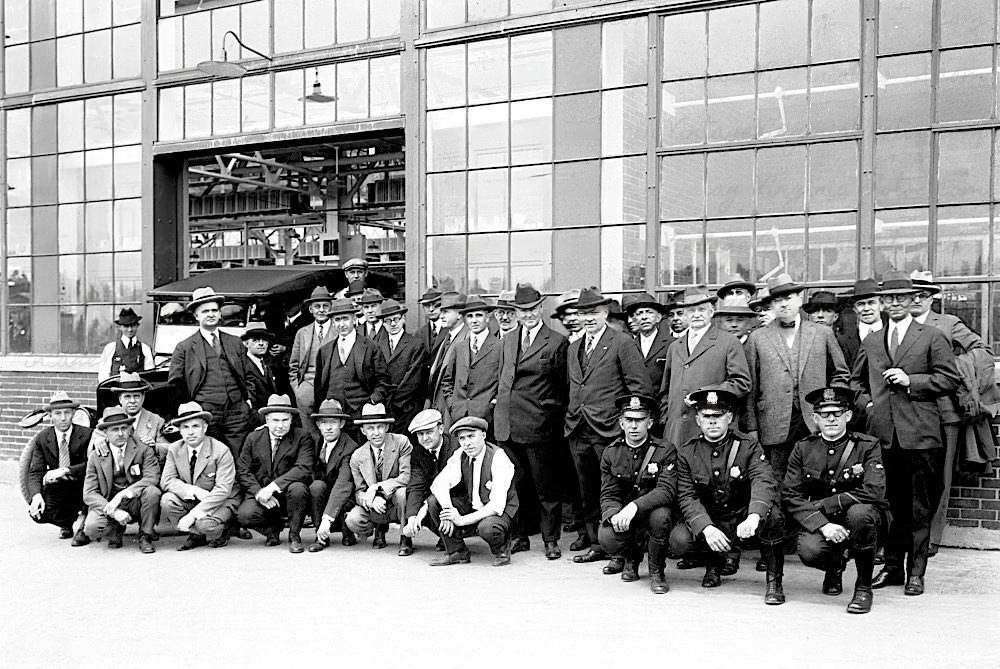
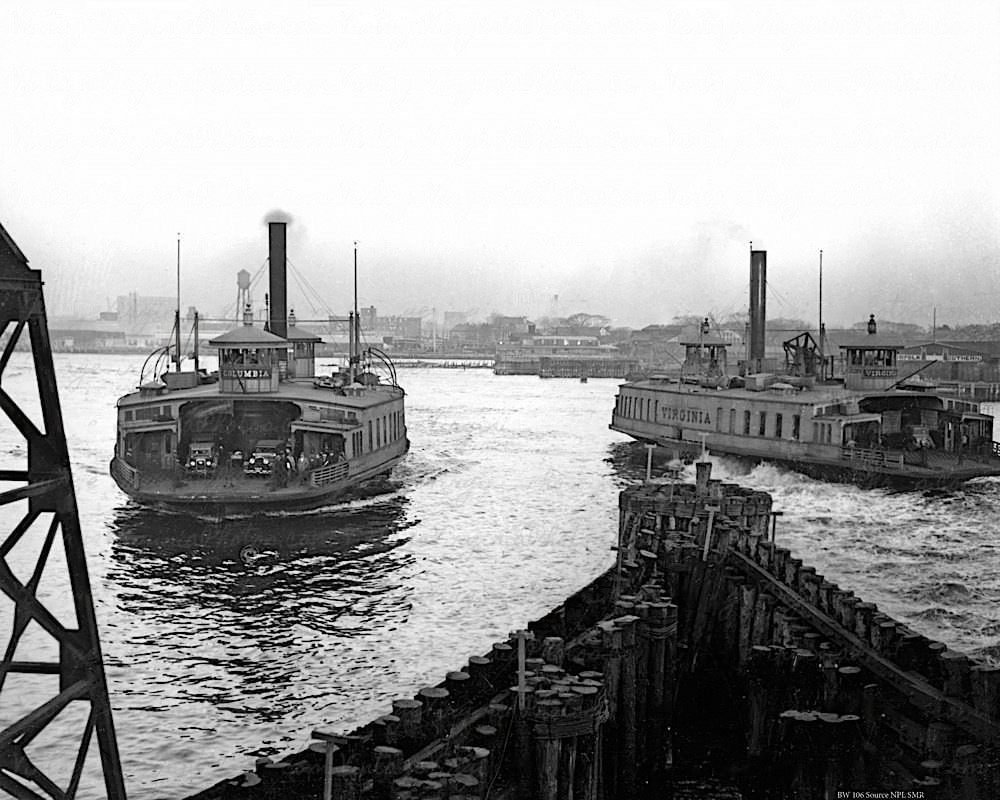
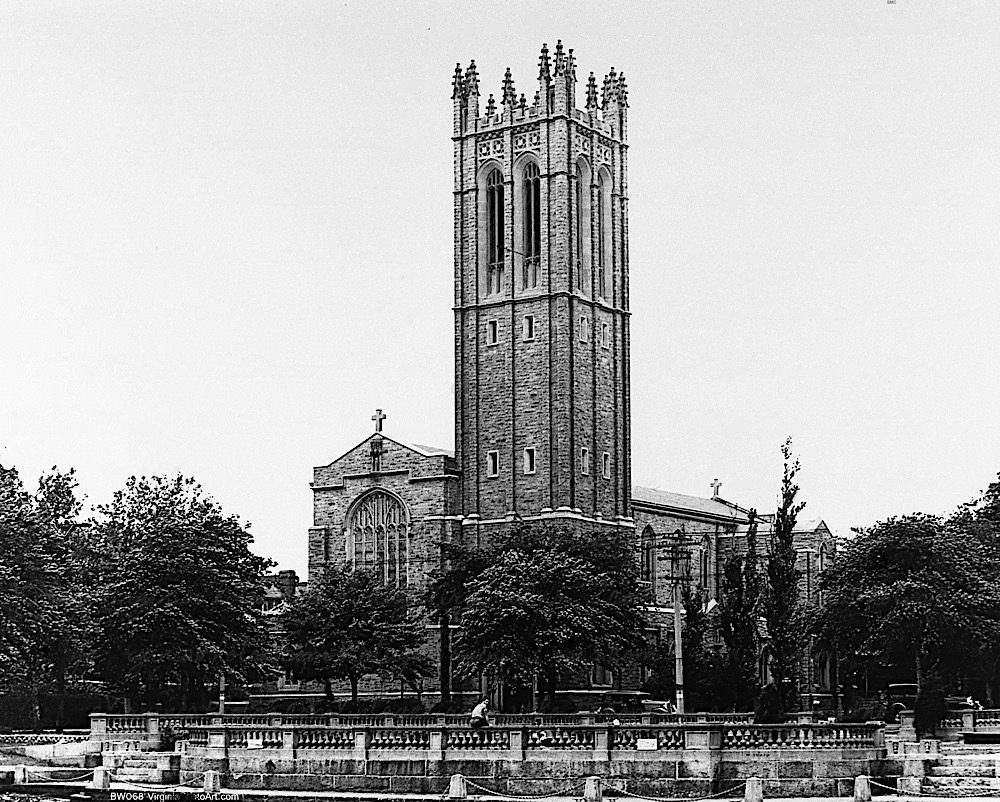
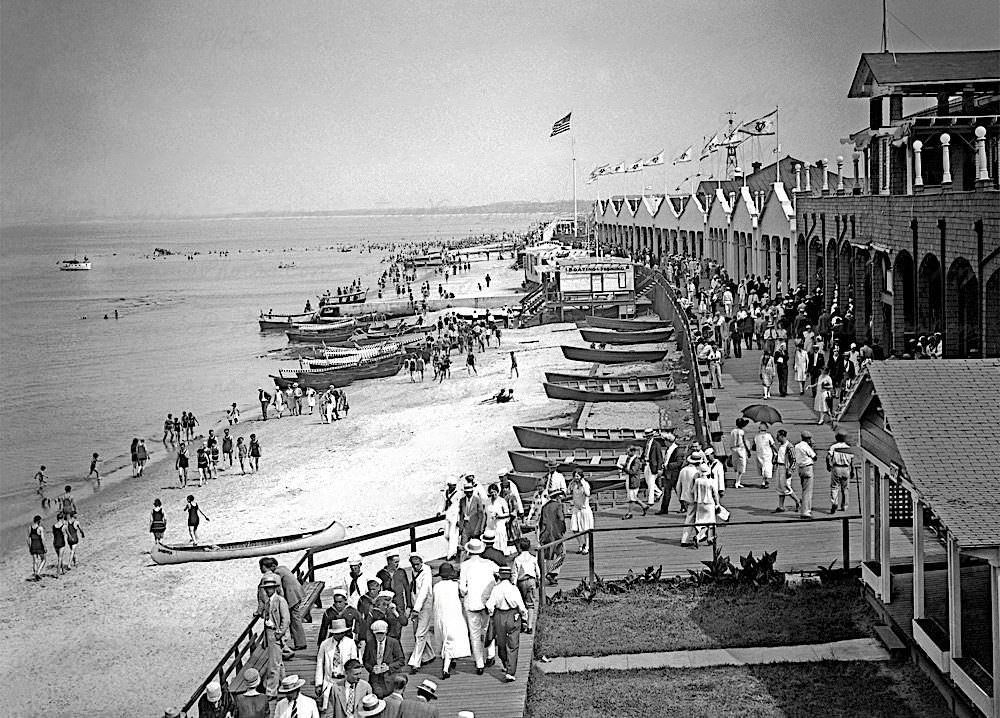
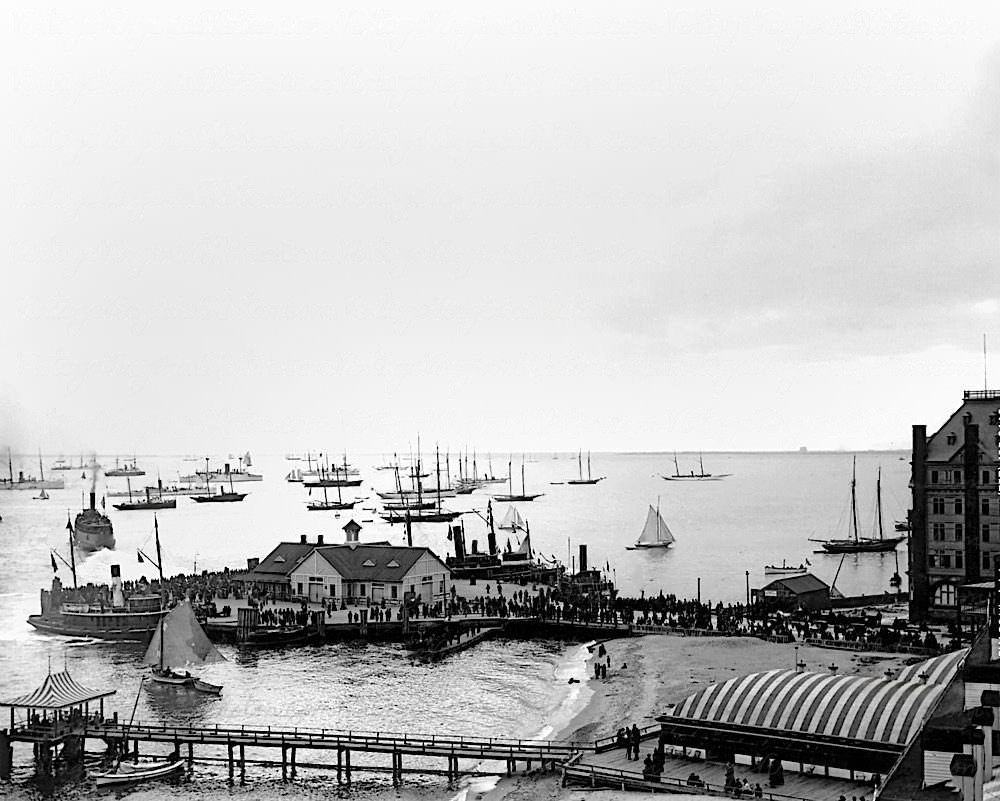
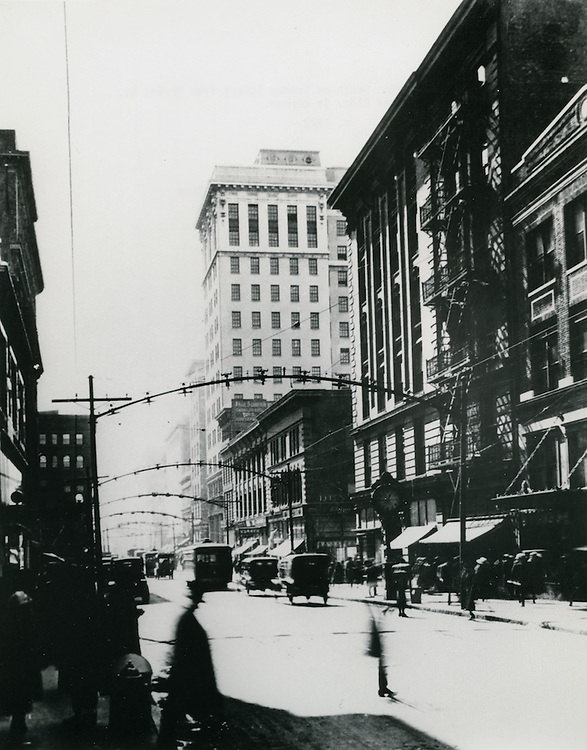
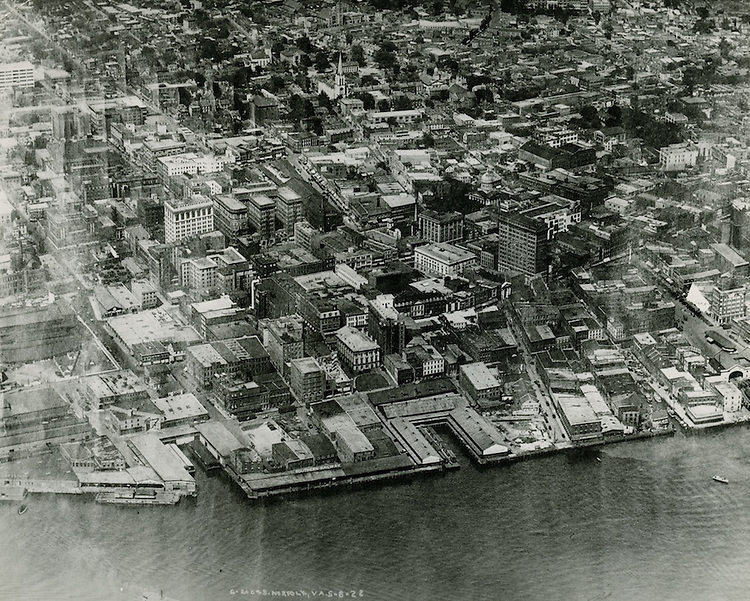
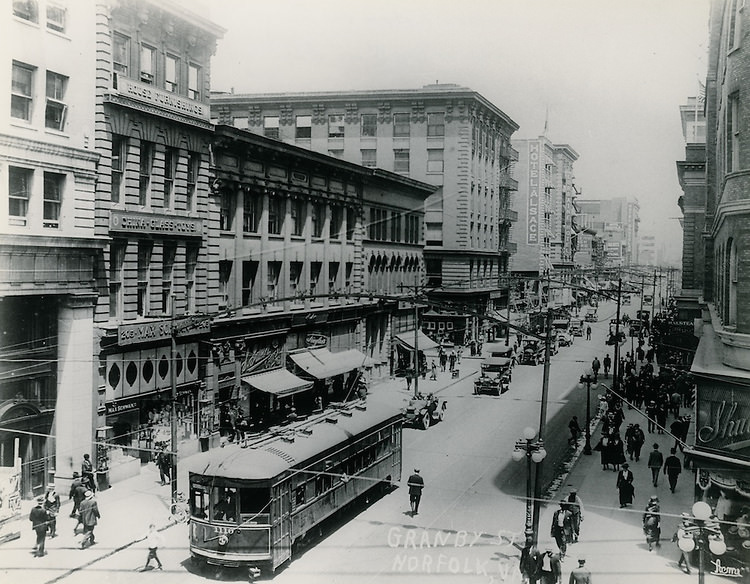
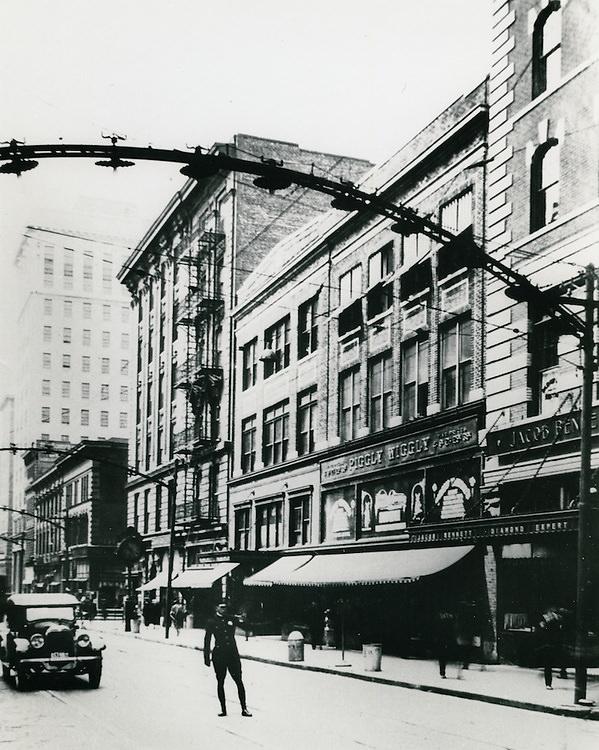
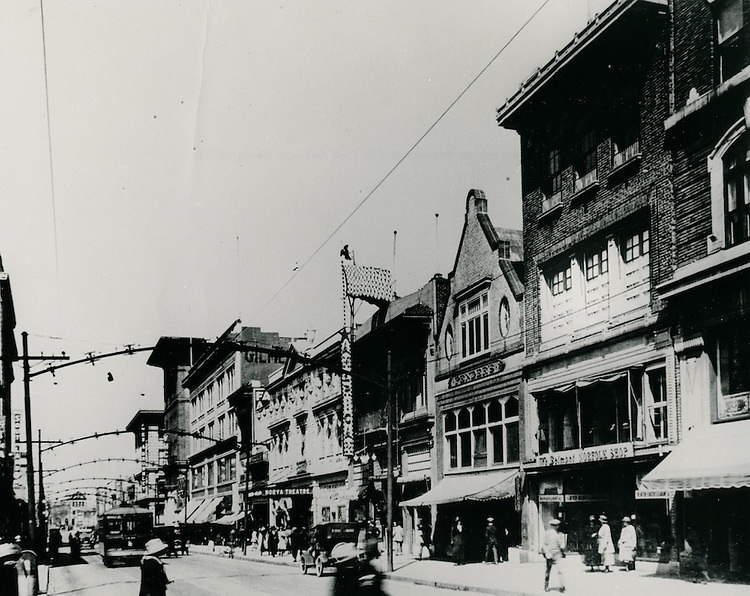
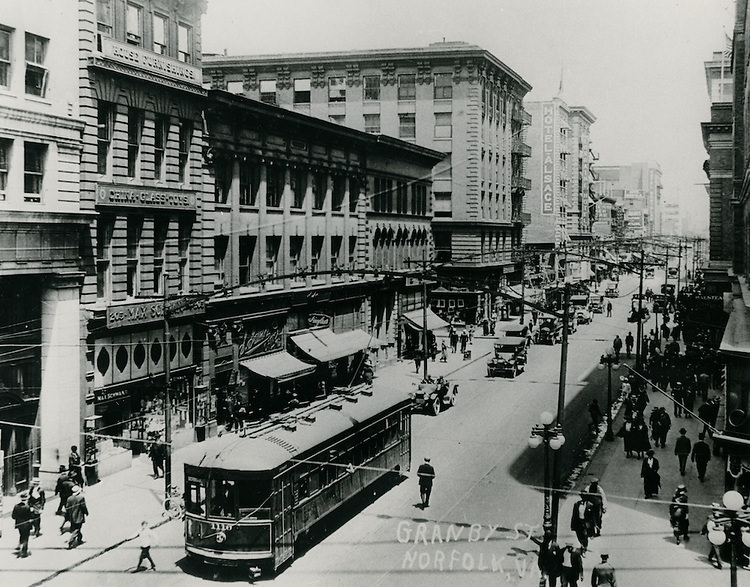
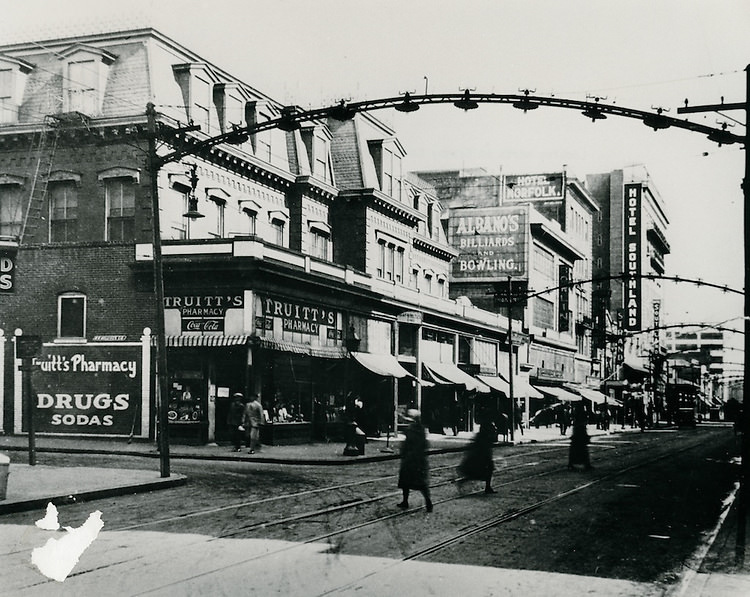
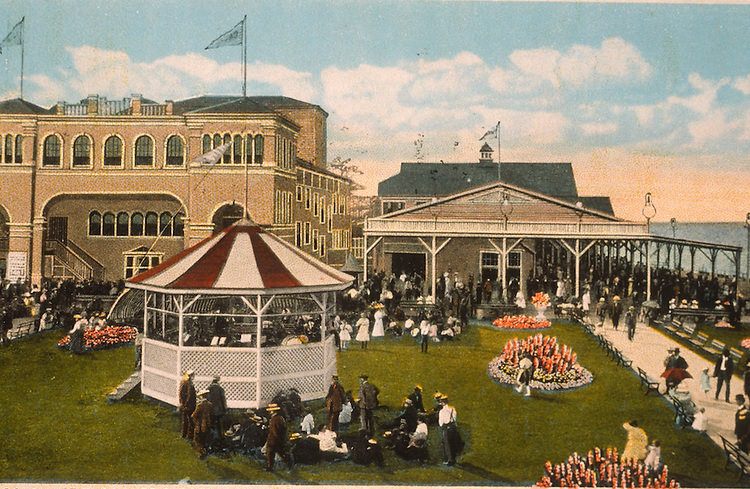

What happened
Historic buildings and neighborhoods were torn down for various reasons. On of the big things that happened was the interstate. A lot of buildings were demolished to make way for it.